As preppers, we pride ourselves on being ready for anything. But even the most prepared among us might overlook some potential disasters. It’s not always the obvious threats that catch us off guard. Sometimes, it’s the scenarios we never saw coming that pose the biggest challenges. This list explores 15 often-overlooked SHTF situations that deserve a place in your preparedness plans. By considering these possibilities, you’ll be better equipped to face whatever curveballs life might throw your way.
Massive Solar Flare
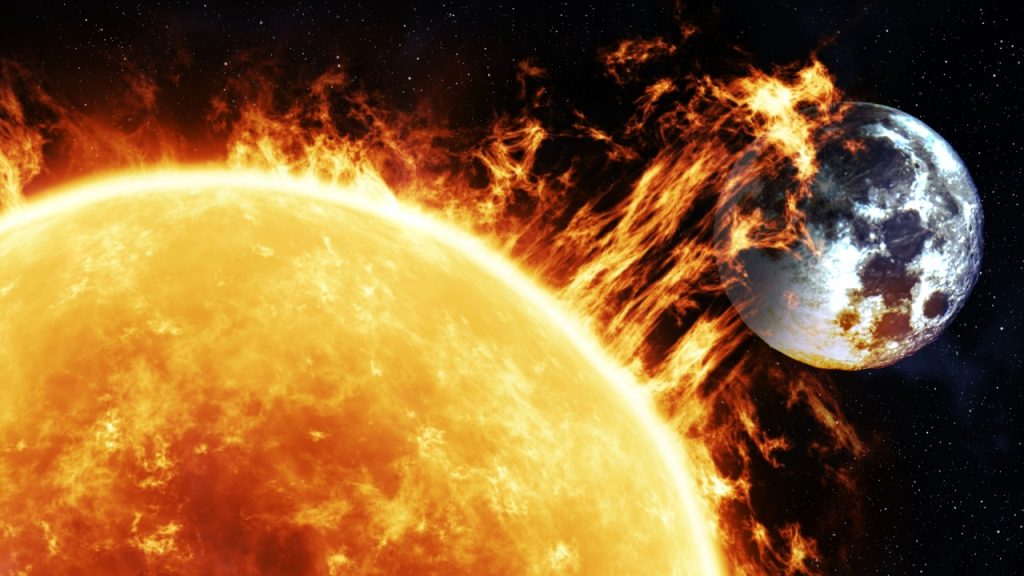
While we often focus on earthbound threats, a massive solar flare could wreak havoc on our technology-dependent world. Such an event could fry electrical grids, disable satellites, and render most electronic devices useless. The 1859 Carrington Event, the largest recorded solar storm, caused telegraph systems to fail worldwide. Today, a similar event could leave millions without power, communication, or access to basic services for months. Preparing for this scenario involves stockpiling non-electronic tools, learning old-school skills, and having a plan for long-term off-grid living.
Sudden Onset of Blindness

Imagine waking up one day unable to see. This scenario, while rare, could result from various causes like certain medications, neurological issues, or even extreme stress. Sudden blindness would dramatically alter your ability to navigate your environment, use many of your prepping tools, and carry out daily tasks. Preparing for this possibility involves learning to navigate by touch, organizing your supplies with tactile labels, and having audio versions of important documents and guides.
Supervolcano Eruption
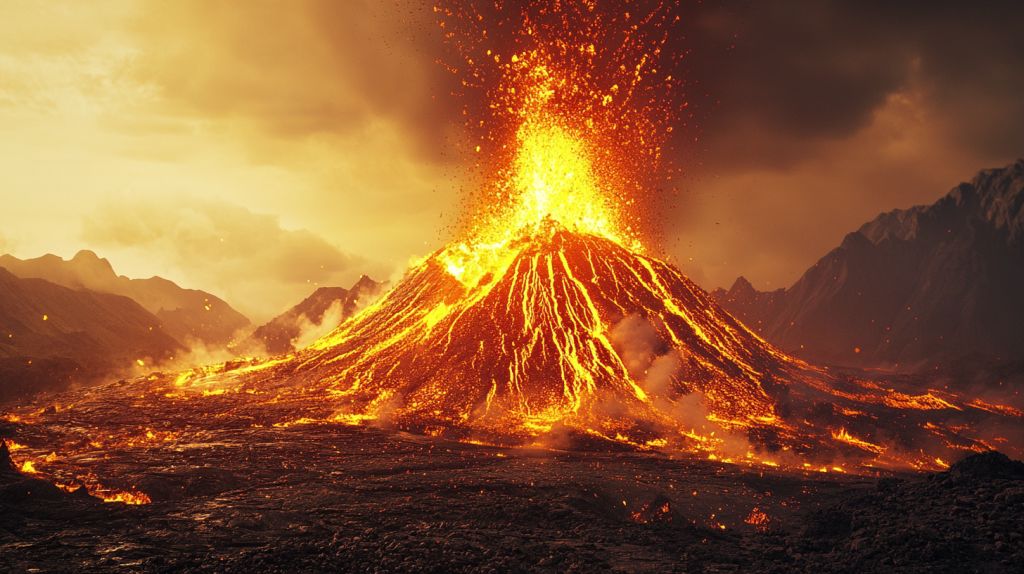
While major volcanic eruptions are on many preppers’ radars, a supervolcano eruption could have global consequences. The Yellowstone supervolcano, for example, could cover much of North America in ash, disrupting food production and transportation nationwide. The resulting volcanic winter could last years, leading to widespread crop failures and famine. Preparing for this scenario involves having long-term food storage, air filtration systems, and a plan for possible relocation.
Prion Disease Outbreak

Prion diseases, like Mad Cow Disease or Chronic Wasting Disease, are rare but devastating. These incurable brain disorders can spread through contaminated meat or even soil. An outbreak could lead to widespread panic, quarantines, and a collapse of the meat industry. Preparing for this scenario involves diversifying your protein sources, learning to identify symptoms, and having a plan for safe disposal of potentially contaminated materials.
Magnetic Pole Reversal
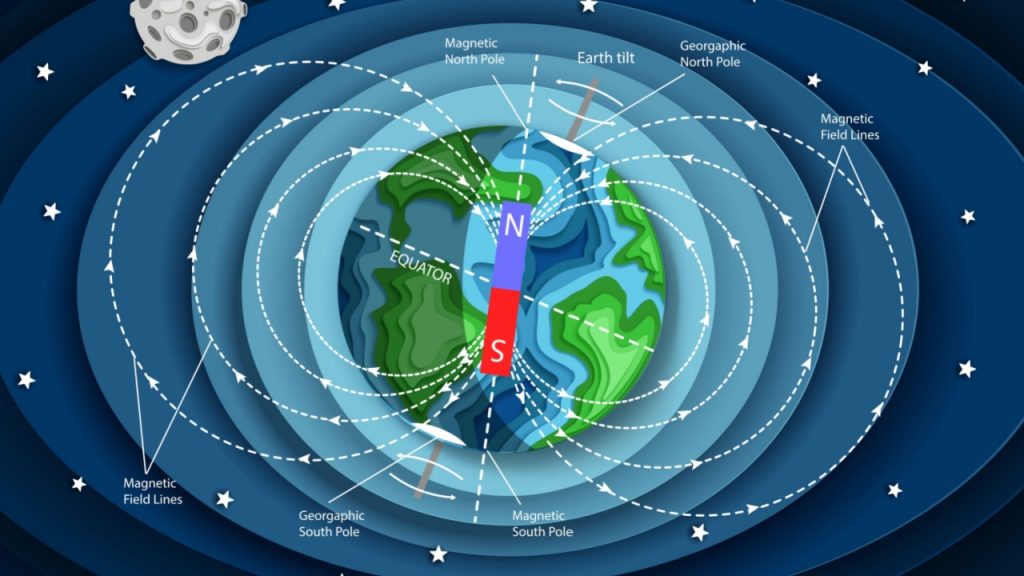
Earth’s magnetic poles have flipped many times throughout history, and we’re overdue for another reversal. While not catastrophic in itself, a pole flip could weaken Earth’s magnetic field for centuries, exposing us to more solar and cosmic radiation. This could increase cancer rates, disrupt migratory animals, and play havoc with our navigation systems. Preparing involves having non-magnetic navigation tools, radiation protection, and a plan for adapting to potential long-term environmental changes.
Global Seed Vault Failure
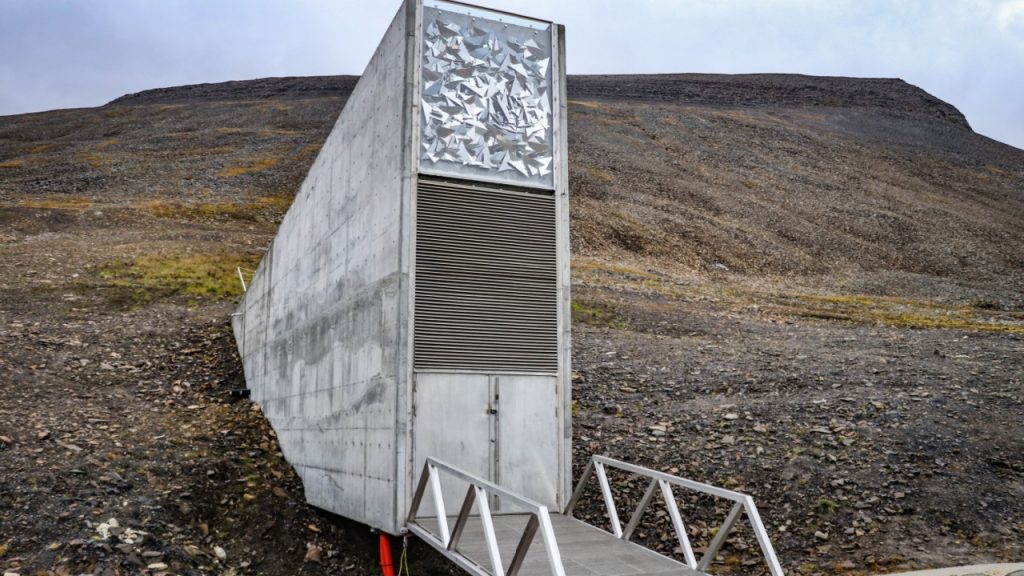
The Svalbard Global Seed Vault, our “doomsday” backup for the world’s crops, faced a close call in 2017 when melting permafrost threatened to flood it. If this or similar seed banks fail, we could lose our backup plan for restarting agriculture after a global catastrophe. Preparing for this involves learning seed-saving techniques, diversifying your own seed storage, and cultivating heirloom varieties that can reproduce reliably.
Antimicrobial Resistance Pandemic

While we prepare for viral outbreaks, a pandemic of antibiotic-resistant bacteria could be even more devastating. The WHO warns that by 2050, superbugs could kill 10 million people annually. Preparing for this involves stockpiling natural antimicrobials, learning advanced hygiene and quarantine procedures, and boosting your immune system naturally.
Gamma-Ray Burst

A gamma-ray burst from a nearby star could strip away Earth’s ozone layer, exposing us to deadly levels of UV radiation. While rare, such an event could cause mass extinctions and make the Earth’s surface uninhabitable for years. Preparing involves having underground or heavily shielded living spaces, UV-protective gear, and the ability to grow food indoors or underground.
Falling Oxygen Levels

Earth’s oxygen levels have been slowly declining for years. While not an immediate threat, a sudden acceleration of this trend could have dire consequences. Preparing for lower oxygen levels involves having supplemental oxygen supplies, learning breathing techniques to maximize oxygen intake, and planning for possible altitude changes to reach more oxygen-rich areas.
Global Sand Shortage
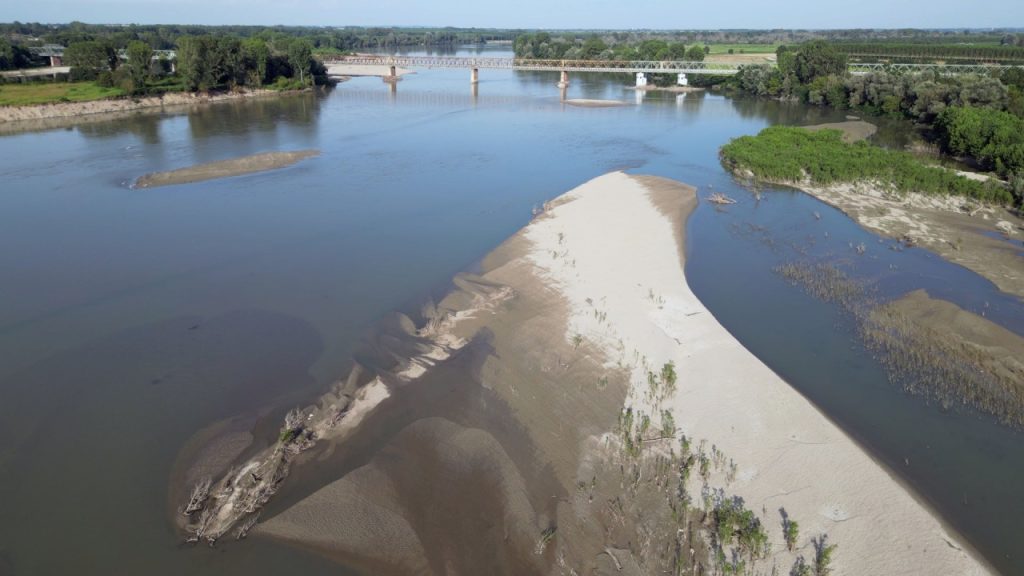
Sand might seem abundant, but we’re using it faster than nature can replenish it. A sand shortage would cripple the construction industry and affect everything from glass production to water filtration. Preparing involves learning alternative building techniques, stockpiling glass containers for reuse, and researching sand-free water filtration methods.
Coordinated Attack on Food Supply
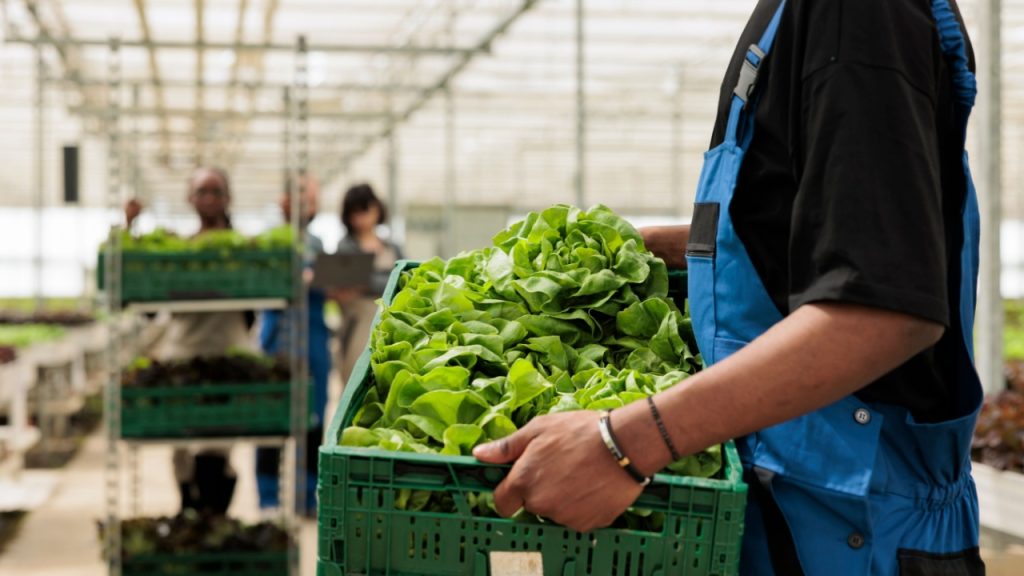
A coordinated attack on multiple points in the food supply chain could lead to widespread shortages and panic. This could involve simultaneous strikes on transportation networks, processing plants, and distribution centers. Preparing requires diversifying your food sources, learning season-extension gardening techniques, and having a network for local food production and distribution.
Loss of Pollinators
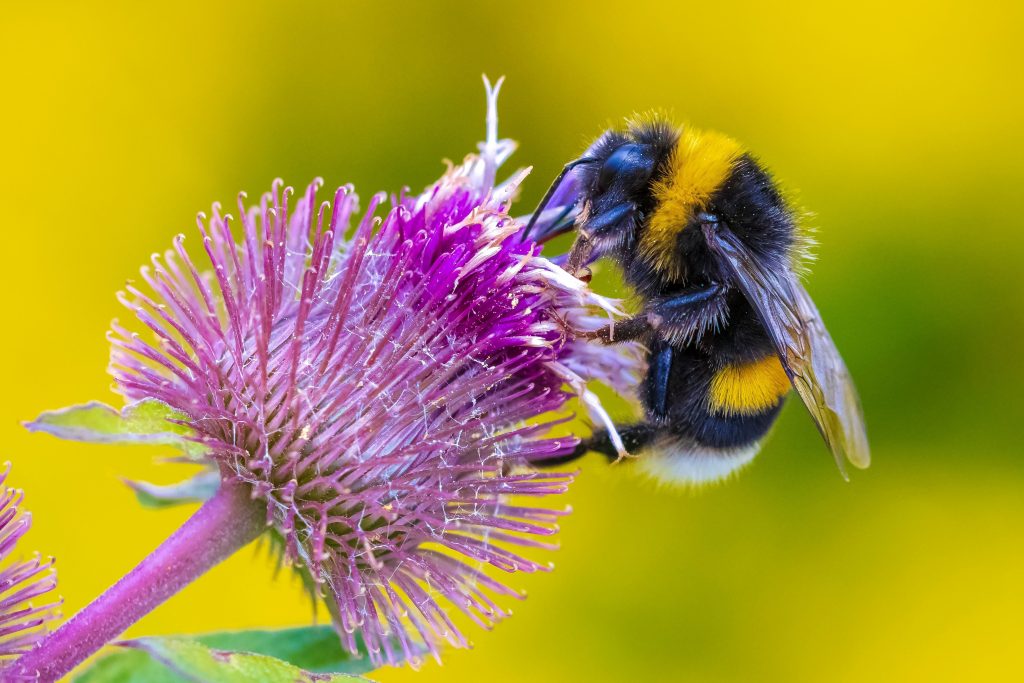
Bees and other pollinators are dying at alarming rates. A sudden collapse of pollinator populations could lead to crop failures and food shortages worldwide. Preparing involves learning hand-pollination techniques, cultivating pollinator-friendly gardens, and stockpiling foods that don’t rely on insect pollination.
Satellite Network Failure

Our modern world relies heavily on satellite networks for communication, navigation, and timing. A coordinated attack or natural disaster that disabled these networks could throw society into chaos. Preparing involves having offline maps and navigation skills, alternative communication methods, and the ability to function without GPS-reliant technologies.
Soil Microbiome Collapse
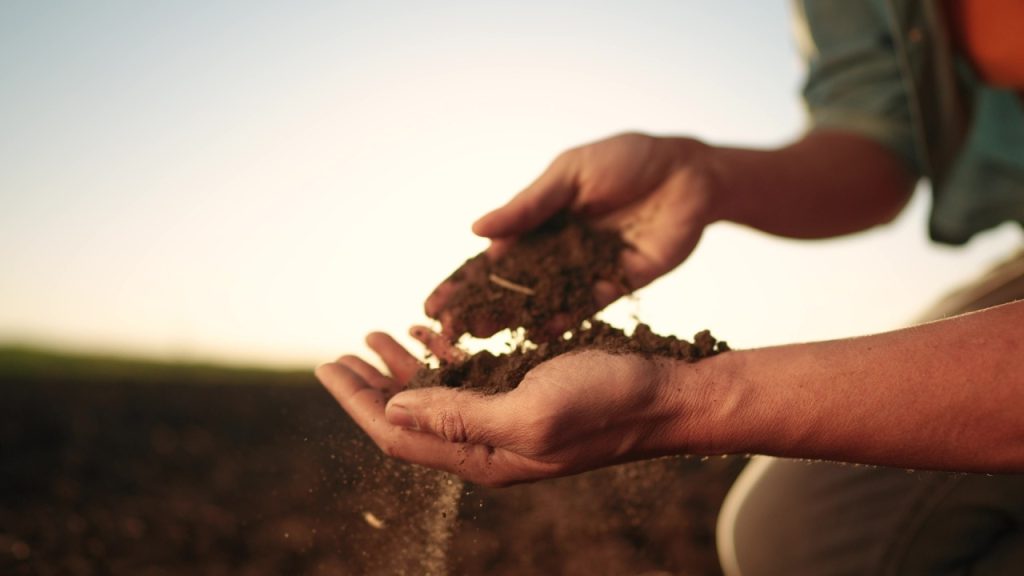
The health of our soil’s microbiome is crucial for agriculture. Overuse of pesticides, chemical fertilizers, and poor farming practices could lead to a collapse of soil ecosystems. This would make it difficult to grow food without expensive inputs. Preparing involves learning organic and permaculture techniques, composting, and methods to rebuild soil health naturally.
Global Fungal Pandemic

While we often focus on viral and bacterial threats, a fungal pandemic could be equally devastating. Climate change is making more of the world hospitable to dangerous fungi. Preparing for this involves having effective air filtration, learning to identify and treat fungal infections, and having a stock of anti-fungal medications and natural remedies.
18 Everyday Things Amish Women Aren’t Allowed to Do

The Amish culture is known for its simple way of life and adherence to traditional values. While this lifestyle may seem appealing to some, there are certain restrictions that Amish women face that most modern women do not. Take a look at these things that we take for granted that are off-limits to Amish women.
Read More: 18 Everyday Things Amish Women Aren’t Allowed to Do
24 Incredible Facts About Everything Around You That You Didn’t Know
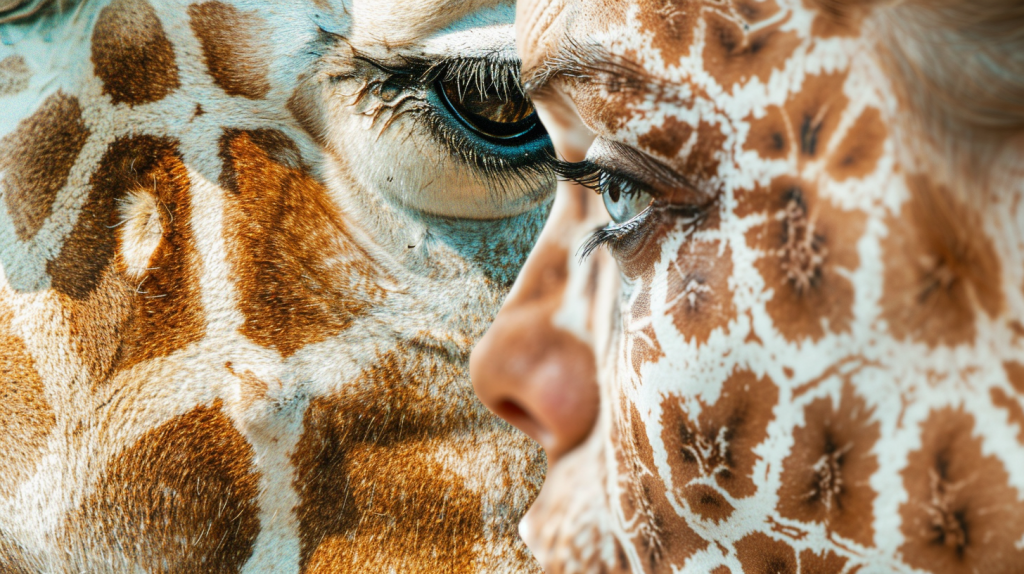
Curiosity about the world drives us to discover amazing facts about everyday things. Whether it’s the smallest mammal, an astronaut’s origin, or surprising trivia about galaxies, there’s always something new to learn. Why not take a moment to enrich your mind with some fascinating nuggets of knowledge?
We love learning random, interesting snippets that add to our understanding of the world. From biology to space and everything in between, a wide range of topics can spark your curiosity.
Read More: 24 Incredible Facts About Everything Around You That You Didn’t Know
17 Old Wives’ Tales That Are Actually True

Old wives’ tales have been passed down through generations, often dismissed as mere superstition. However, many of these age-old beliefs are rooted in truth. From health tips to weather predictions, these stories from the past can surprise us with their accuracy. Here are 17 old wives’ tales that are actually true.
Read More: 17 Old Wives’ Tales That Are Actually True
Katy Willis is a writer, master herbalist, master gardener, and certified canine nutritionist who has been writing since 2002. She’s finds joy in learning new and interesting things, and finds history, science, and nature endlessly fascinating.

